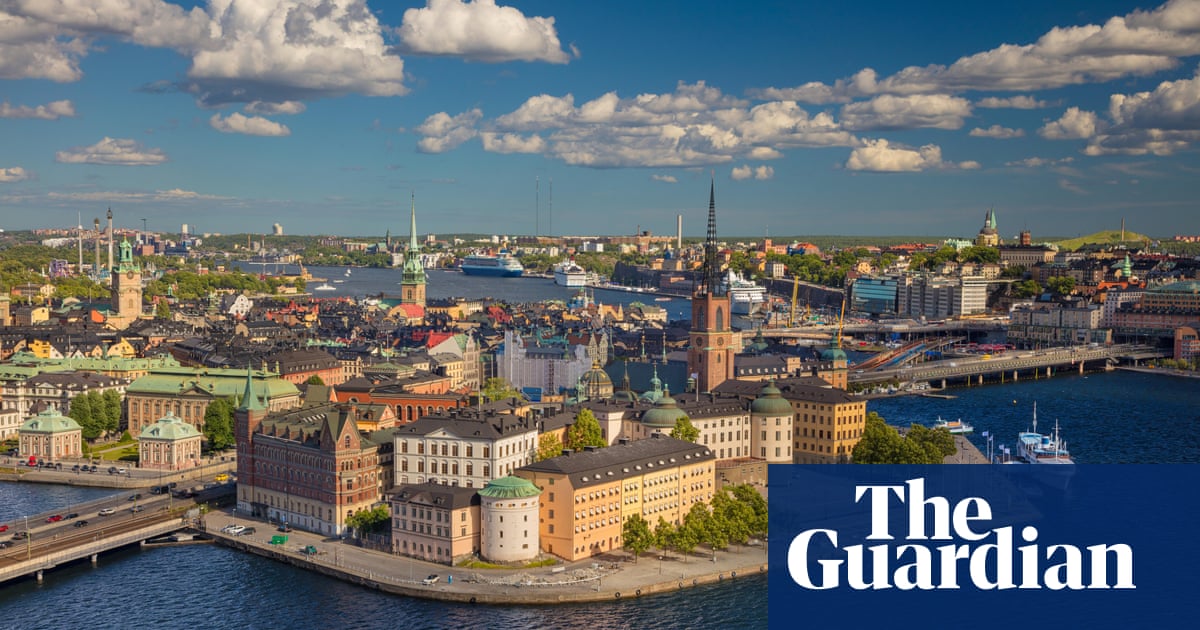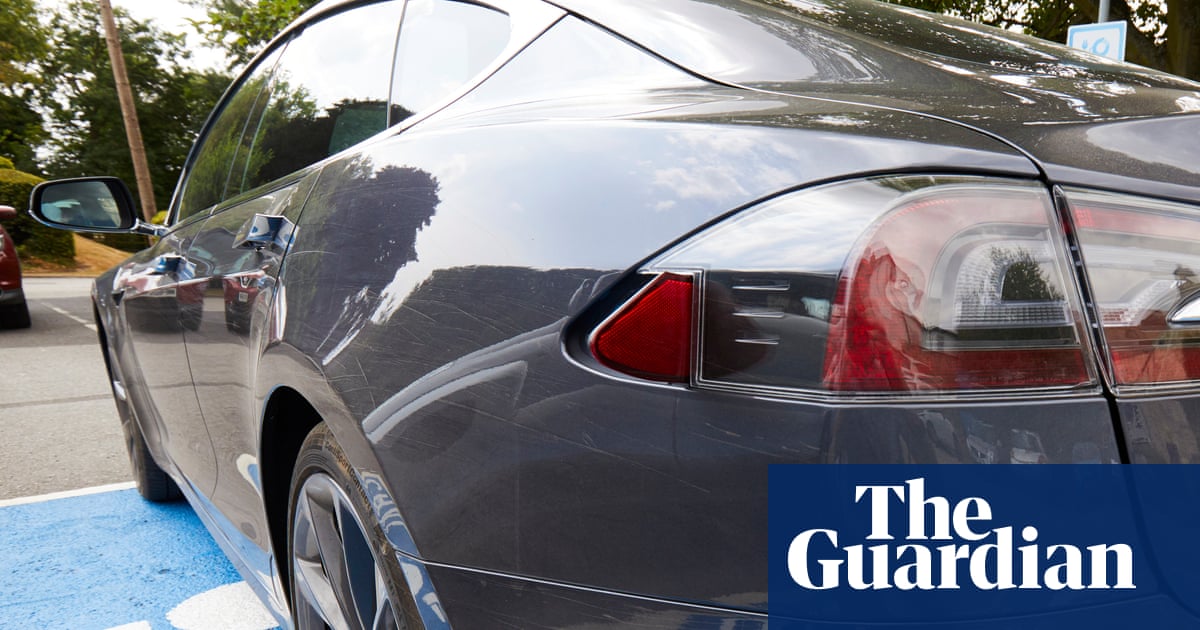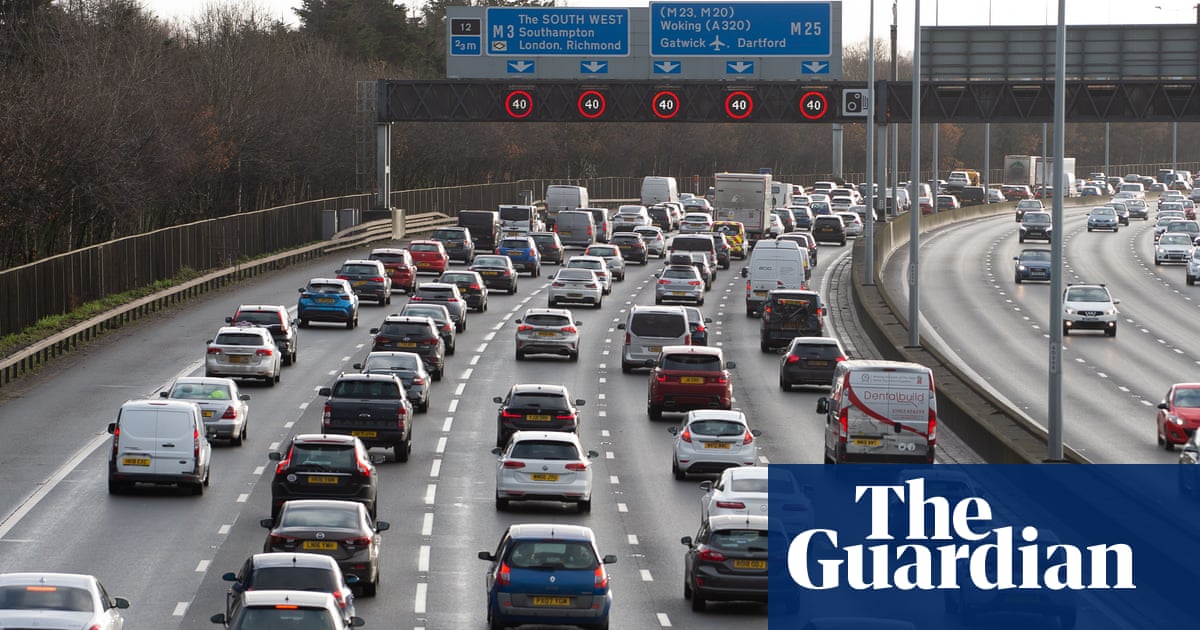
Opting for hydrogen that is made using fossil fuels rather than renewable electricity could create up to 8m tonnes of carbon emissions every year by 2050, according to an analysis of government data.
The figures show that the use of fossil-fuel hydrogen, or “blue hydrogen”, would create the same carbon emissions each year that more than a million petrol cars would produce, compared with using zero-carbon “green hydrogen”.
Ministers plan to use both blue and green hydrogen to replace fossil gas in factories, refineries and heating, but new figures show that an over-reliance on blue hydrogen would still lead to millions of tonnes of carbon emissions entering the atmosphere every year.
Blue hydrogen is extracted from fossil gas in a process that requires carbon capture technology to trap emissions – but this method still fails to capture between 5% and 15% of the CO2. Carbon emissions are also released when the fossil gas is extracted from oil and gas fields.
Using blue hydrogen exclusively to replace fossil gas would result in between 6m and 8m tonnes of carbon dioxide emissions every year from the late 2020s, or the equivalent of running an average of 1.5m more fossil-fuel cars on the road every year by 2050.
If the government used zero-carbon green hydrogen to meet a third of the UK’s forecast hydrogen demand, blue hydrogen would create the same emissions as around 1m cars running on the UK’s roads each year.
The analysis, undertaken on behalf of the Guardian by Friends of the Earth Scotland, was based on government data published last week in a long-awaited report on the future of the UK’s hydrogen economy.
The strategy sets out a “twin track” approach to supporting hydrogen production, but it failed to suggest a balance between blue and green hydrogen. This has raised concerns among climate groups that an over-reliance on blue hydrogen could lock the UK into decades of North Sea gas production, fossil-fuel imports and millions of tonnes of carbon emissions.
Richard Dixon, the director of Friends of the Earth Scotland, said the government’s support for the major oil companies behind plans for blue hydrogen projects, including BP and the Norwegian state oil giant Equinor, would allow them to “prolong fossil-fuel production indefinitely”.
A spokesperson for the Department for Business, Energy and Industrial Strategy, which reviewed the analysis, said investing in both green and blue hydrogen would “allow us to kickstart an entire industry from scratch that creates tens of thousands of jobs and unlocks billions of pounds worth of private investment”.
“Achieving the scale we need would be more challenging if we just used green hydrogen,” the spokesperson added.
The government’s official climate advisers at the Committee on Climate Change (CCC) have backed the idea of a “blue hydrogen bridge” through the 2030s for areas of the UK economy which would struggle to run on electricity, while the UK uses its renewable electricity to meet the growing demand for electric vehicles and heating.
But David Joffe, the head of carbon budgets at the CCC, warned that the government must begin to rein in the proportion of hydrogen produced from fossil fuels in favour of green hydrogen by the late 2030s to meet its legally binding climate targets.
“Blue hydrogen is not an amazing solution, and we don’t embrace it unreservedly,” he told the Guardian.
But relying on blue hydrogen in the short term, while the UK builds its green hydrogen capabilities, would still play an important role to help prevent millions of tonnes of carbon from being released into the atmosphere in a crucial decade for tackling emissions, he said.
He added that the government’s hydrogen strategy was “less helpful than it otherwise could have been” because officials had failed to set out a balance between green and blue hydrogen.
“We do think that it’s important for the government to provide some guidance later this year, certainly on the balance until 2030. It’s one of several gaps in the strategy which make it difficult to judge,” he said.












